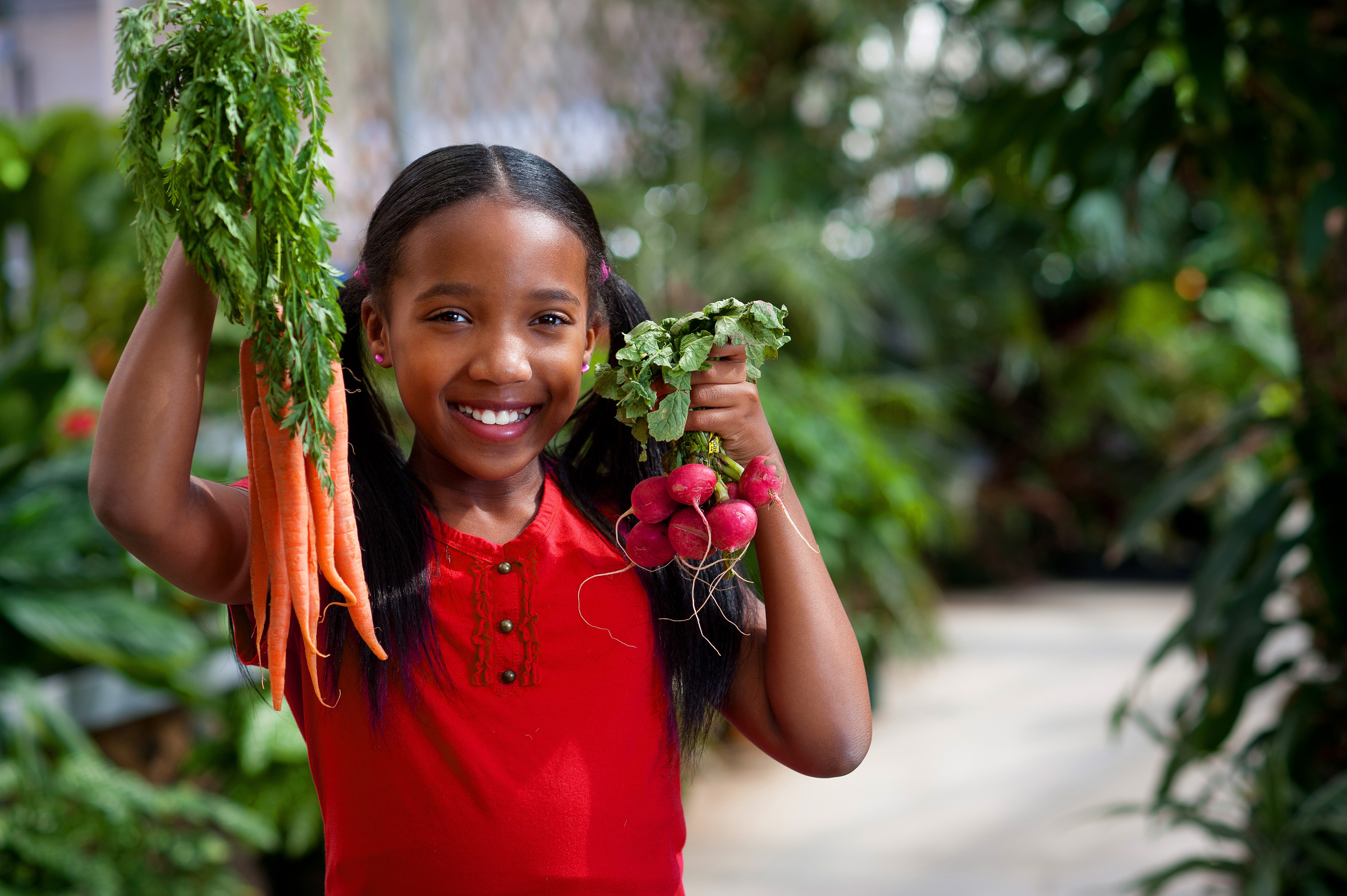Fruits and Vegetables in Our Diets
go.ncsu.edu/readext?789342
en Español / em Português
El inglés es el idioma de control de esta página. En la medida en que haya algún conflicto entre la traducción al inglés y la traducción, el inglés prevalece.
Al hacer clic en el enlace de traducción se activa un servicio de traducción gratuito para convertir la página al español. Al igual que con cualquier traducción por Internet, la conversión no es sensible al contexto y puede que no traduzca el texto en su significado original. NC State Extension no garantiza la exactitud del texto traducido. Por favor, tenga en cuenta que algunas aplicaciones y/o servicios pueden no funcionar como se espera cuando se traducen.
Português
Inglês é o idioma de controle desta página. Na medida que haja algum conflito entre o texto original em Inglês e a tradução, o Inglês prevalece.
Ao clicar no link de tradução, um serviço gratuito de tradução será ativado para converter a página para o Português. Como em qualquer tradução pela internet, a conversão não é sensivel ao contexto e pode não ocorrer a tradução para o significado orginal. O serviço de Extensão da Carolina do Norte (NC State Extension) não garante a exatidão do texto traduzido. Por favor, observe que algumas funções ou serviços podem não funcionar como esperado após a tradução.
English
English is the controlling language of this page. To the extent there is any conflict between the English text and the translation, English controls.
Clicking on the translation link activates a free translation service to convert the page to Spanish. As with any Internet translation, the conversion is not context-sensitive and may not translate the text to its original meaning. NC State Extension does not guarantee the accuracy of the translated text. Please note that some applications and/or services may not function as expected when translated.
Collapse ▲We all need to eat fruits and vegetables. Almost every dietitian, nutritionist, and health professional—not to mention every magazine, cooking show and mom on the planet—supports this healthy eating concept. According to the latest Dietary Guidelines for Americans (DGA) there is strong research evidence showing eating fruits and vegetables results in positive health outcomes.
This isn’t new. The past seven versions of these DGA (since 1990) have encouraged Americans to eat more fruits and vegetables. But, when we look at our diets as a whole, we’re not doing it! Despite all these studies and recommendations, we really haven’t changed how many fruits and vegetables we eat in the past three decades. Only one out of ten adults eats the recommended amounts of fruits and vegetables each day.
The DGA encourages us to eat at least 1½ to two cups of fruits and two to four cups of vegetables each day. But, on average, we’re just eating 0.9 cups of fruits and just 1.6 cups of vegetables each day.
The Produce for Better Health Foundation looked at this data a little deeper. Their 2020 “State of the Plate” shows that three-fourths of Americans eat fruit during the week but less than once a day. Since their 2015 report, there has been a slight increase in the amount of fruit eaten at home but the amount eaten away from home remains the same. Most alarming were sharp decreases in how much fruit children are eating, particularly ages 1-3 years of age, typically the biggest fruit eaters.
Nearly all Americans (95%) reported eating some vegetables in a typical week, on average, 7.5 times or about once per day. However, vegetable intake has declined in five out of eight age groups since 2015. The greatest decline is seen in adults 51-70 years old—older adults who have historically been among the largest consumers of vegetables.
You might want to take a serious look at how many fruits and vegetables you really do eat. Are you getting close to those recommendations?
Unless you’re that one in ten people who gets enough, you probably need to eat more fruits and vegetables. We all know this, but putting knowledge into practice is hard to do.
The USDA’s Dietary Guidelines suggest filling at least half of your plate with fruit and vegetables for every meal and snack. Visualize your plate and make sure you have lots of fruits and vegetables. This can be easier than just counting servings. There is now a MyPlate App that you can put on your phone to help you track and learn how you are really doing. The MyPlate website has some additional tools that can help you set goals, track your progress, and earn badges for success.
One goal might be to aim for eating either a fruit or a vegetable or maybe one of each at every meal or snack. That would go a long way to increase your consumption. Think about what you could do. What would help you eat more and make it a healthy habit?
Sources:
Cheryle Syracuse wrote this article and more similar ones for the Family and Consumer Sciences Column in the Brunswick Beacon. Syracuse is an FCS team member and can be reached at N.C. Cooperative Extension, Brunswick County Center, 910-253-2610.




